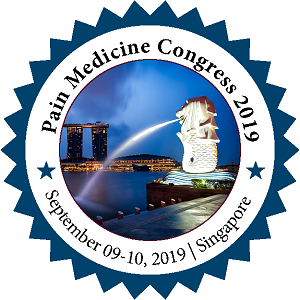
Linka Matos
Regenerative & Pain Medicine, Puerto Rico
Title: Mesenchymal stem cells form umbilical cord for the treatment of central post stroke pain syndrome
Biography
Biography: Linka Matos
Abstract
This is a case report of 62 year old male with history of lumbar and cervical pain, with a laminectomy in 2014. The patient also had a history of hypertension and diabetes mellitus. Three years ago he had stroke with right side weakness which improved over time with physical therapy. A year ago during evaluation he had cramps and pain in the upper and lower extremities. He also had poor sleep hygiene, difficulties writing and typing. He was diagnosed with central post stroke pain syndrome as a sequela of his stroke. The pain symptoms have been refractory to multiple medications and were limiting his activities of daily living for the past 3 years. Mesenchymal Stem Cells from Umbilical Cord (MSC UC) were used to treat his pain. Mesenchymal stem cells are multipotent cells that can differentiate in different types of tissue. They can both self-renewand differentiate into mature tissues such as heart, lung, liver, bone, nerve, muscle and cartilage, among others. They have the ability to migrate and target specific tissues, this is called homing. They also have a paracrine effect, releasing growth factors and proteins to communicate using exosomes and cytokines. An intrathecal injection at C1-C2 was done with 5 Million MSCUC was done with also a 30 Million MSC UC in an intravenous infusion. The patient was follow up for a year after the injection. He had complete resolution of his cervical and lumbar pain 2 months after the injection and 6 months after the procedure 80% of his central post stroke pain resolved. A year later the patient continues with the benefits of the MSC UC and his insulin requirements have decreased by a 60%.

